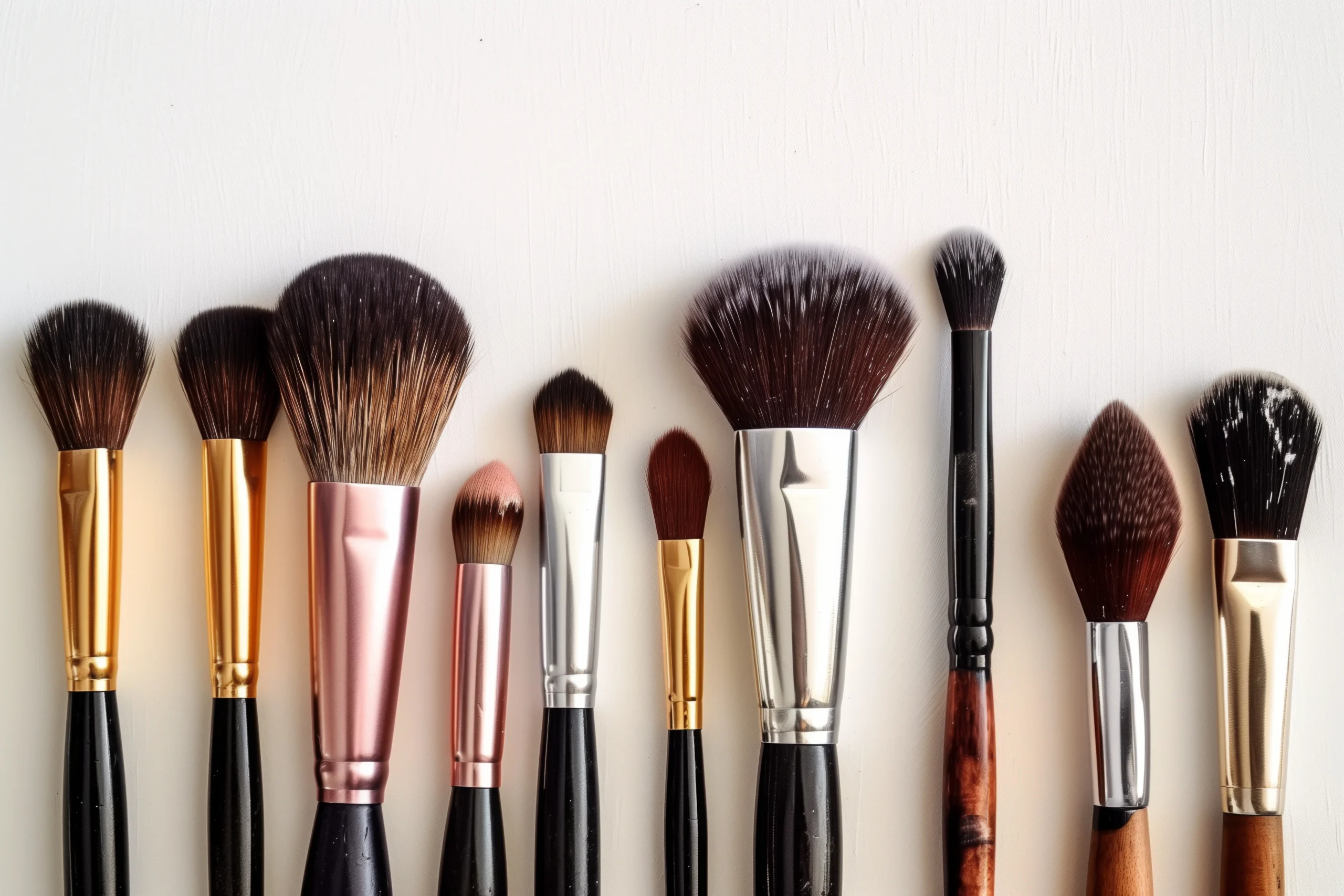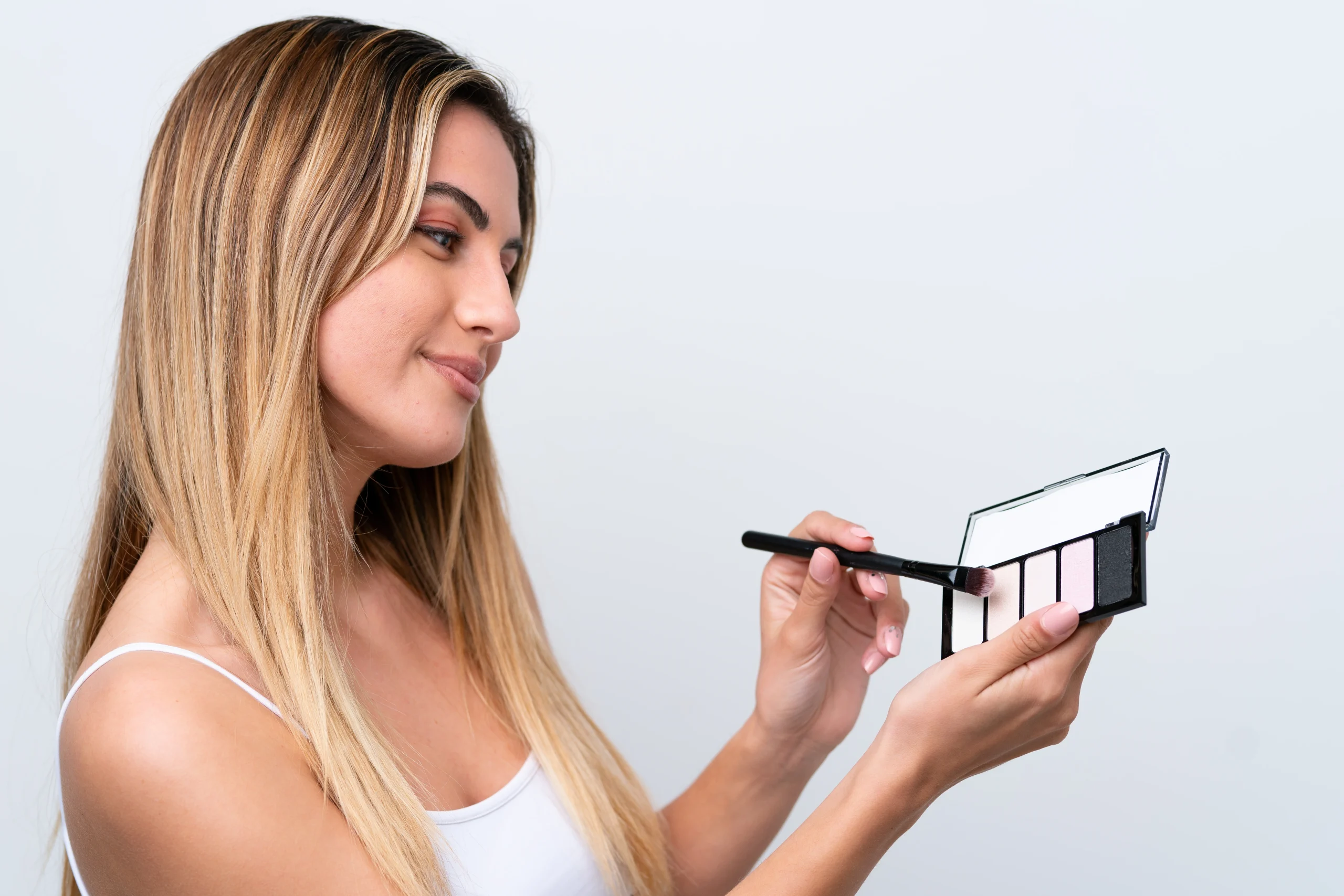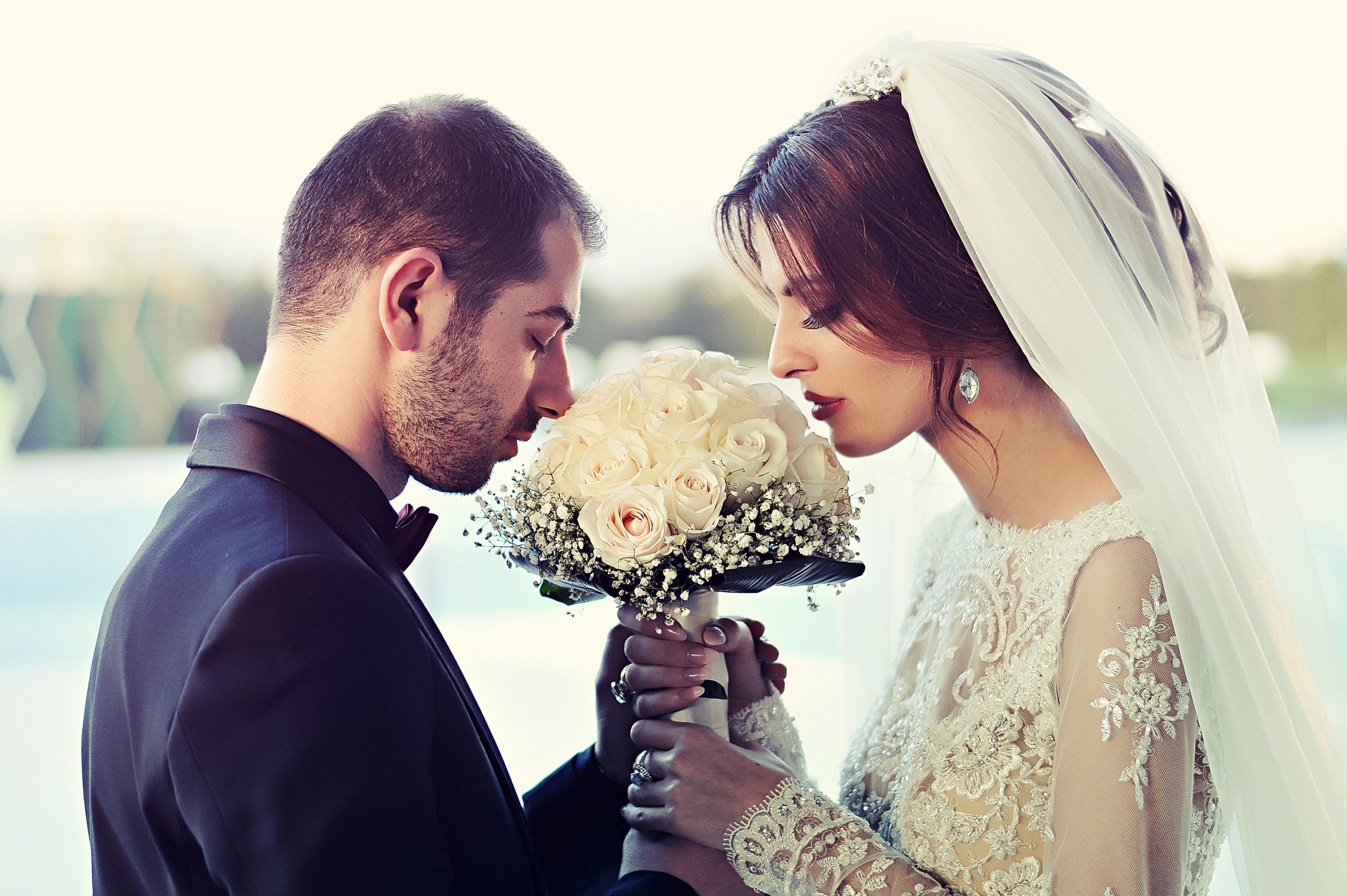Introduction To Beginner Makeup Brushes Guide
A beginner makeup brushes guide is the first step to starting your beauty journey, because using the right tools will always give you a flawless, airbrushed finish, without being patchy or uneven. Sometimes, beginners think that only expensive products can achieve professional results. Still, the truth is that makeup brushes are a magic wand that glides on foundation evenly, sets powder smoothly, and blends eyeshadow beautifully without any harsh lines.
Knowing which brushes to use where, how, and why to use them makes makeup application much easier and more enjoyable. With the right guide, beginners can avoid frustration and save money by buying just the multipurpose brushes they need instead of buying extra unnecessary ones. This beginner’s makeup brushes guide covers everything from face brushes to eye tools, brush cleaning tips, common mistakes, and expert advice, so you can build your collection properly and advance in the makeup world with skill and style.
What Makeup Brushes Are Important For Beginners
Makeup brushes are essential for beginners because they determine how the product will sit on the skin. Foundation brushes spread liquid foundation evenly without streaks, powder brushes keep makeup from being cakey, and blending brushes blend eyeshadows beautifully, so there are no harsh lines. Many times, beginners use the sponge applicators that come with the palette or their fingers, but these lack precision and control.
Using a brush adds dimension to makeup, makes it easier to control the intensity of pigment, and reduces the risk of product damage. Additionally, using a brush makes makeup application healthier because it doesn’t transfer natural skin oils or bacteria directly to the product. Starting with a few well-chosen brushes can help beginners gain confidence, complete makeup quickly, and make the whole process enjoyable.
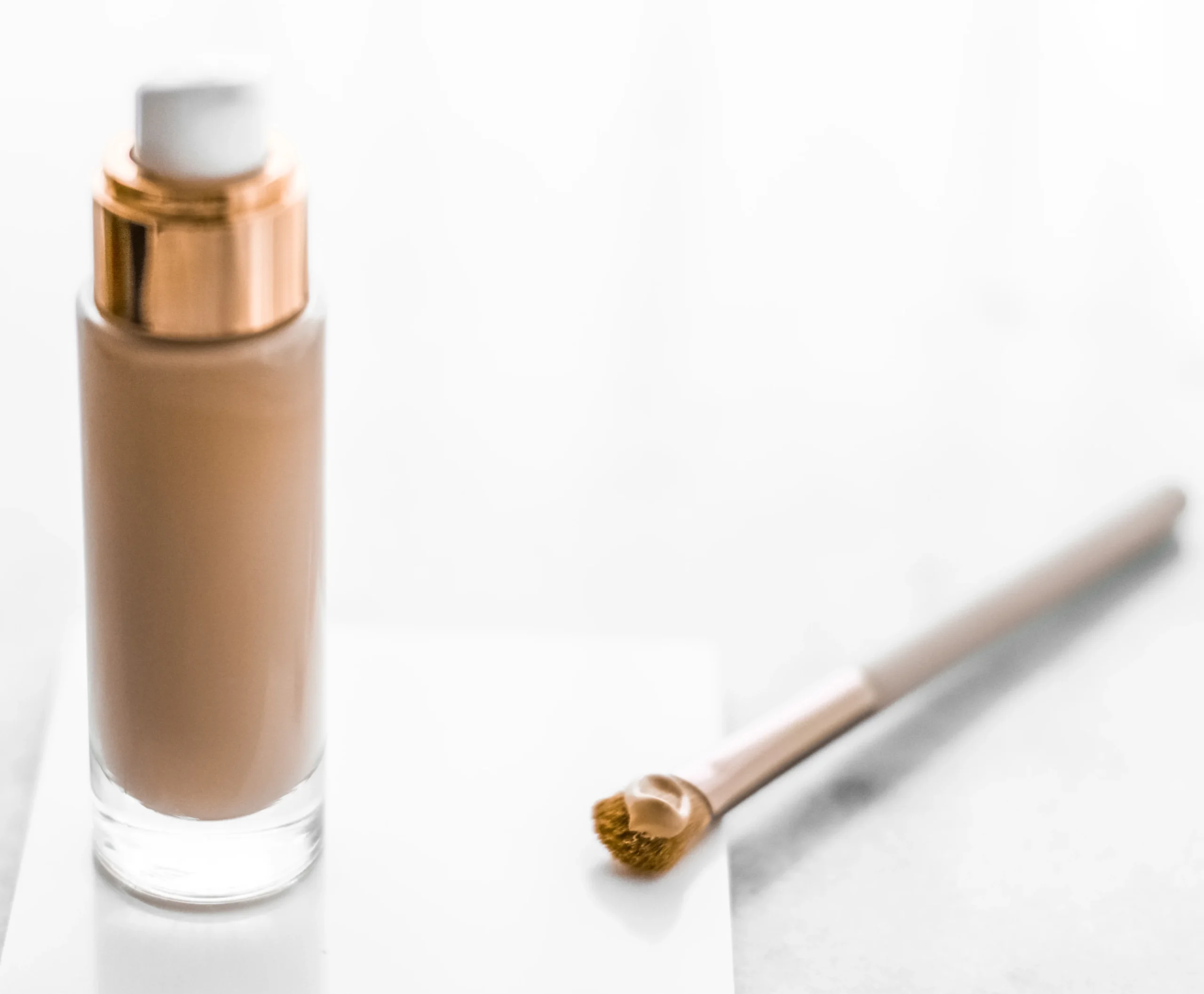
Essential Face Brushes For Beginners
When you follow the beginner makeup brushes guide, face brushes will be the foundation of every kit. They’re a great way to create a flawless base and cover without hassle. Instead of confusing yourself with a bunch of tools, using just a few versatile brushes will make the learning process easier and give you a professional look at the same time.
Foundation Brush For Perfect Application
Foundation brushes are crucial for achieving even coverage. Beginners often struggle to blend liquid or cream foundations with their fingers. Still, a flat or rounded foundation brush buffs the product into the skin well for a natural, airbrushed finish. A dense, synthetic brush should be chosen as it holds the product well and helps blend it easily. When applying, start from the center of the face and work outwards to avoid patchy areas. A good foundation brush reduces product wastage by spreading the product evenly in a thin layer.
Concealer Brush For Spot Perfection
Concealer brushes are designed for precision, helping to cover areas that need extra coverage, such as dark circles, acne, or redness around the nose. Beginners will benefit from using a small, tapered concealer brush because it helps to precisely apply the product without dragging it into delicate areas. Tap gently, not swipe, to build up coverage. Many professional makeup artists recommend using synthetic bristles for concealer brushes, which work best with creamy textures.
Powder Brush For A Smooth Finish
A powder brush is essential for setting and extending the life of your foundation. Beginners should use a large, fluffy brush, which lightly distributes the powder onto the skin and avoids a cakey effect. Swirl the brush in the powder, tap off the excess, and apply it in light sweeping movements to the T-zone and areas where the skin is most shiny. A good quality powder brush sets makeup and perfectly blends bronzer or finishing powder to create a radiant look.
Eye Makeup Brushes For Beginners
Eye brushes are often the most confusing for beginners. Still, this beginner’s makeup brushes guide makes highlighting only the essential brushes easy. Eye brushes allow control over color intensity, blending, and the perfect look, helping you create everything from a casual daytime look to a dramatic evening glam look.
Blending Brush For Easy Transitions
The blending brush is arguably the most critical eye brush for beginners. Its fluffy, dome-shaped bristles eliminate harsh lines and blend multiple shades easily. Beginners should use this brush in light, circular motions to ensure a smooth transition between the crease and the lid.
Shader Brush For Applying Dark Colors
The shader brush is perfect for applying color to the eyelids with precision. Its flat, firm texture helps to press the color or shimmer firmly into the lid, preventing fallout. Those who use a shader brush instead of a sponge applicator will immediately notice the difference- the color intensity and even application are much better.
Eyeliner Brush For Perfect Lines
Eyeliner brushes are ideal for making sharp, specified lines. Beginners especially benefit from an angled brush when using gel or cream products, making it easier to control winged eyeliner. Fine-tip eyeliner brushes are also great for detailed work along the lash line.
Brow Brush To Define The Arch
Eyebrows frame the face, and a brow brush is essential for this. The best option for beginners is a dual-ended brow brush with a slanted tip on one side for applying powder or pomade, and a spoolie on the other for blending the product into your natural brow hairs. Using a brow brush creates a neat but natural look.
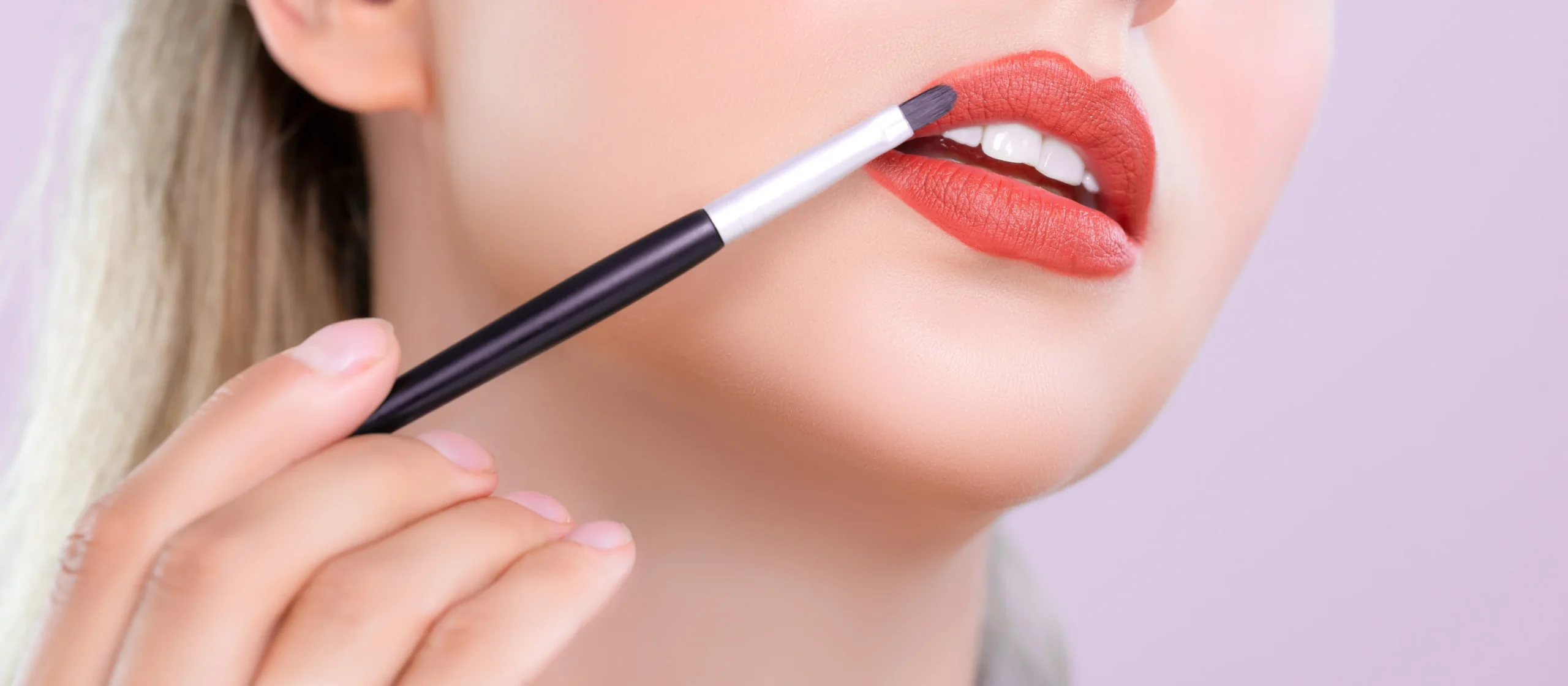
Lip Brush And Its Importance
Many beginners apply lipstick directly from the bullet, but using a lip brush increases precision and control, which enhances the look. A lip brush allows for even application, beautifully defined edges, and layering to increase the depth of color. Beginners will notice that using a lip brush significantly reduces the risk of smudging, especially with darker shades. A lip brush also increases the longevity of the lipstick because it is inside the tube.
Synthetic Vs. Natural Bristles: What Beginners Should Know
No beginner makeup brush is complete without explaining the difference between synthetic and natural bristles. Choosing the correct type of brush is as important for comfort as it is for performance.
Man-made bristles are made of artificial fibers. They are usually smooth and uniform in texture, ideal for cream and liquid products such as foundation, concealer, or lipstick. They don’t absorb as much product, so beginners can get the most out of every droop.
On the other hand, natural bristles are usually made from animal hair. They are more porous and work great for picking up and evenly applying powder products like eyeshadow, blush, or bronzer. However, natural brushes are usually more expensive and require extra care.
Synthetic brushes are an excellent option for those who follow an ethical or vegan lifestyle. Modern technology has improved synthetic brushes to the point that they are equally effective with powder products. For beginners, synthetic brushes are more beneficial, as they are versatile, durable, and easy to clean.
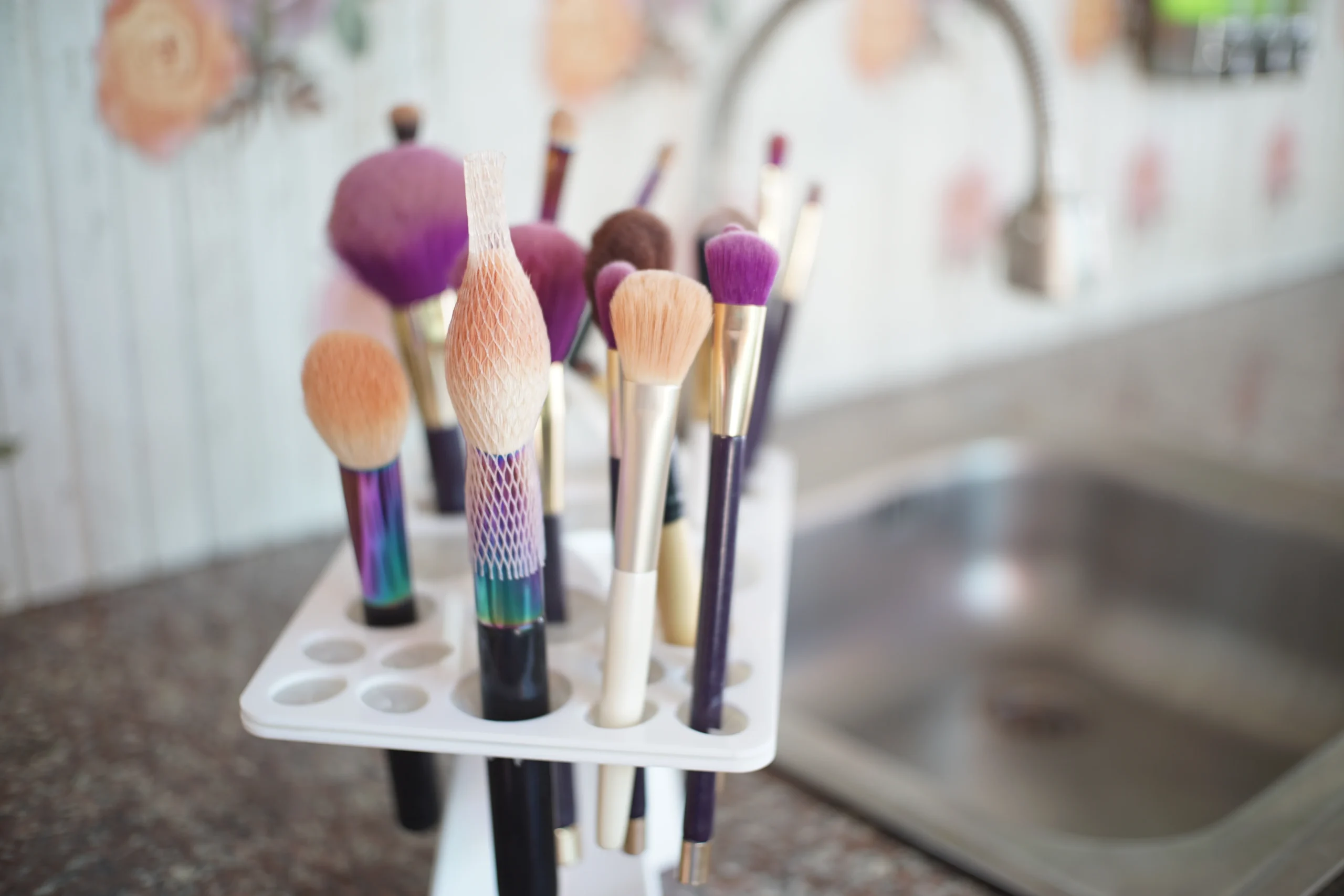
How To Clean And Care For Makeup Brushes
Beginners often neglect cleaning and maintaining their brushes, but it’s crucial for hygiene and performance. Dirty brushes can make makeup look uneven or streaky and harbor bacteria, causing breakouts.
👉 Face brushes should be cleaned at least once a week, and eye brushes more frequently, mainly if dark colors are used.
How To Clean:
- Use a mild brush cleanser or mild baby shampoo with lukewarm water.
- Sweat the brush bristles in your plan until the water runs clear.
- Be careful not to get the brush’s ferrule (where the bristles are glued) wet, as this can weaken the brush.
- After washing, shape the bristles and lay them flat on a clean towel to dry.
- Never turn the brush upside down when wet, as this can cause water to seep into the handle and ruin the glue.
With regular cleaning and care, even budget-friendly brushes will last years and perform like new.
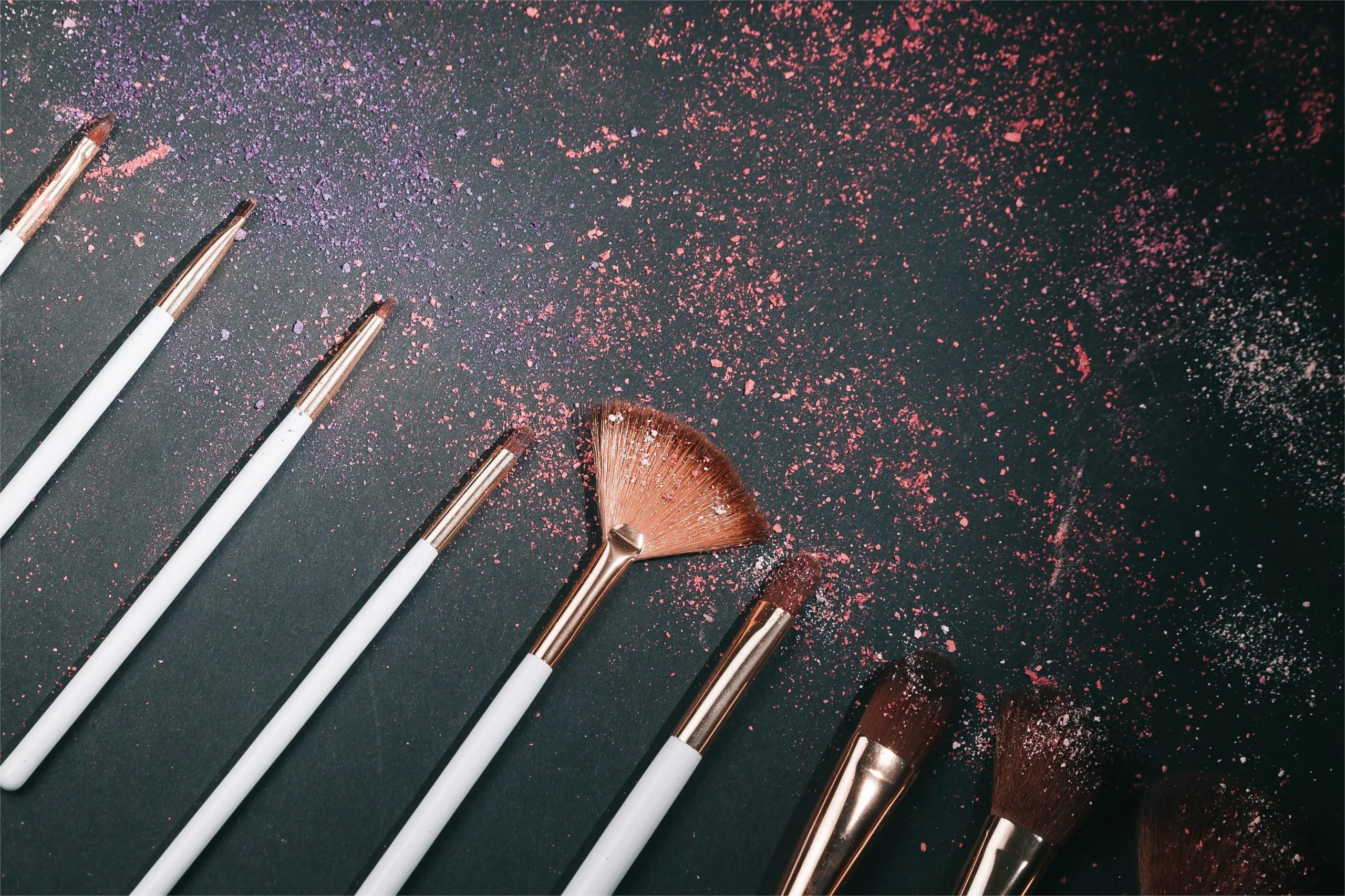
Common Mistakes Beginners Make When Using Makeup Brushes
Often, beginners make unknowing mistakes that reduce the effectiveness of their makeup brushes. One major mistake is using too much force. This damages the bristles of the brush and spreads the product unevenly on the skin, resulting in uneven blending.
Another common mistake is using the wrong brush, such as a shader brush instead of a fluffy blending brush, to blend eyeshadow. Many people pick up too much product on their brush, creating fallout and making the makeup look heavy or cakey.
Not cleaning your brushes regularly is also a big problem. Dirty brushes can harbor bacteria, and makeup never goes on smoothly. Also, many beginners think that more brushes mean better results. It’s much more effective to master a few versatile brushes. Avoiding these mistakes will save you time, money, and frustration, making your makeup look more professional.
Expert Brush Selection Tips For Beginners
When buying brushes, beginners should focus on quality over quantity. A few good-quality brushes work much better than a large, cheap set. Ensure the bristles are soft and durable, and the handle is sturdy and doesn’t wobble.
Man-made brushes are great for beginners because they’re affordable and versatile. Choose a brush that can be used for multiple purposes, like a fluffy powder brush that can also be used for bronzer, or a small blending brush that can double as a highlighter brush. Read reviews and invest in a trusted brand so the bristles don’t disappear after a few uses.
Starter brush kits specifically designed for beginners are also a good option. They contain the brushes you need without any unnecessary extras.
Finally, recognize that practice makes perfect. No matter how expensive or good a brush is, it won’t produce good results if you don’t know the correct technique.
Discover More Articles On Makeup And Beauty Here
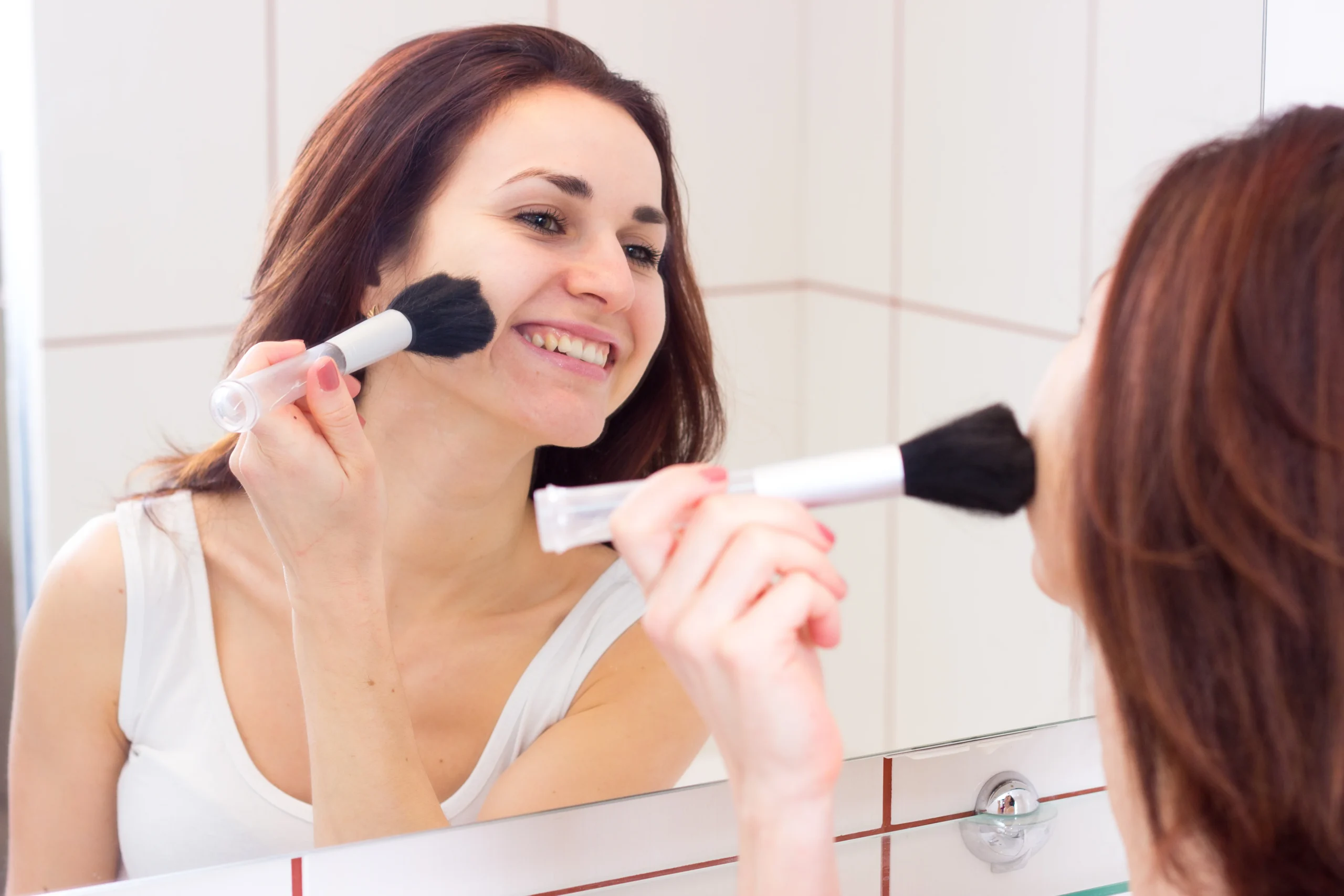
Final Thoughts On The Beginner Makeup Brushes Guide
The beginner makeup brush guide is not just a shopping list, but a roadmap to building confidence and skill. Starting with the right brush, understanding the differences in bristles, and getting into the habit of regular cleaning will ensure long-term effectiveness.
Avoiding common mistakes and prioritizing quality over quantity can save beginners money and improve the quality of their makeup. Brushes are the unsung beauty heroes, making simple applications look professional and flawless. With patience and practice, your brushes will become a tool for creativity, helping you express your style and personality.

